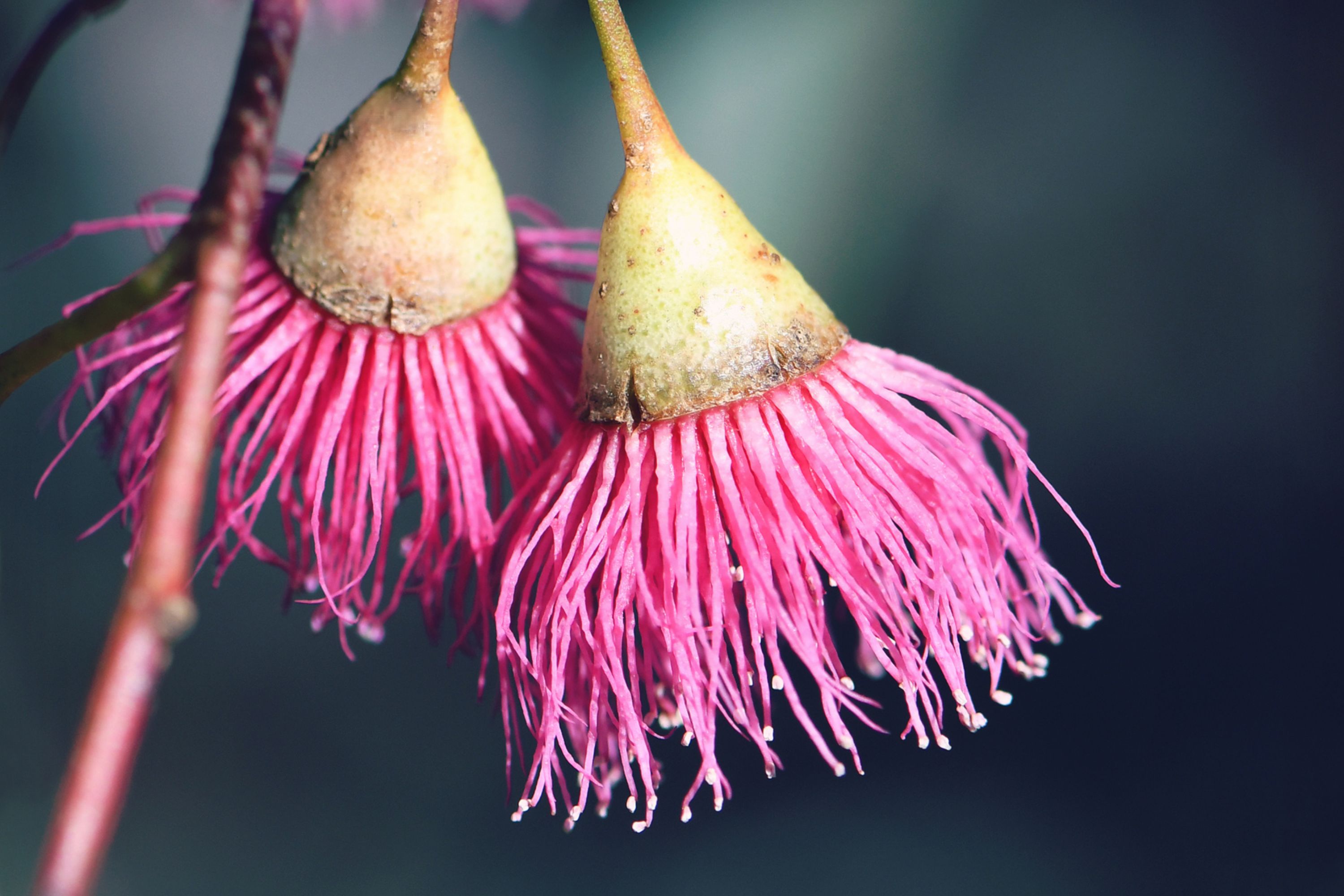Yellow gum
(Eucalyptus leucoxylon)

Description
Eucalyptus leucoxylon, commonly known as the Yellow Gum, is a species of eucalyptus tree native to southern Australia. This species is highly valued for its ornamental value and is widely cultivated as a street and garden tree. In this article, we will explore the botanical characteristics, distribution, ecology, and uses of Eucalyptus leucoxylon. Taxonomy: Eucalyptus leucoxylon belongs to the family Myrtaceae, which is one of the most diverse families of flowering plants in the world, comprising about 5,000 species. The genus Eucalyptus comprises about 900 species, most of which are native to Australia. The specific epithet "leucoxylon" comes from the Greek words "leukos" meaning white and "xylon" meaning wood, referring to the pale color of the timber. Botanical characteristics: Eucalyptus leucoxylon is a medium-sized to tall tree, growing up to 30 meters in height and 1.5 meters in diameter at breast height. The bark is smooth and sheds in long ribbons, exposing a range of colors from pale yellow to pink, green, and gray. The leaves are lanceolate, 8-15 cm long and 1-2 cm wide, glossy green on the upper surface and paler below. The flowers are borne in clusters of 7-11, each with a long, straight, and narrow bud that opens to reveal a cup-shaped, cream-colored flower. The fruit is a woody capsule, about 1 cm in diameter, with four or five valves containing numerous small, dark brown seeds. Distribution and ecology: Eucalyptus leucoxylon is native to southern Australia, where it occurs naturally in a wide range of habitats, from coastal heathlands to dry woodlands and forests. It is particularly abundant in the southern and eastern parts of South Australia, western Victoria, and the southern parts of New South Wales. This species is well adapted to a wide range of soil types and climatic conditions, from semi-arid to humid environments, and is able to tolerate frost, drought, and fire. In its natural range, Eucalyptus leucoxylon is an important component of the vegetation, providing food and shelter for a variety of wildlife, including insects, birds, and mammals. Uses: Eucalyptus leucoxylon has a range of uses, both commercial and non-commercial. The timber is highly valued for its strength, durability, and attractive appearance, and is used for a variety of purposes, including flooring, furniture, and construction. The wood is also used for firewood and charcoal production. The essential oil extracted from the leaves has medicinal properties and is used in aromatherapy, as well as in the production of perfumes, soaps, and other cosmetics. The flowers are a valuable source of nectar for honeybees and are used to produce a high-quality honey with a distinctive flavor. Eucalyptus leucoxylon is also widely planted as an ornamental tree in parks, gardens, and along roadsides, both in Australia and other parts of the world. Conservation status: Eucalyptus leucoxylon is not considered to be threatened or endangered, although some local populations may be at risk due to habitat loss and fragmentation, particularly in urban areas. This species is listed as "least concern" on the International Union for Conservation of Nature (IUCN) Red List of Threatened Species. Conclusion: Eucalyptus leucoxylon is a versatile and valuable tree species, with a range of uses and ecological benefits.
Taxonomic tree:







